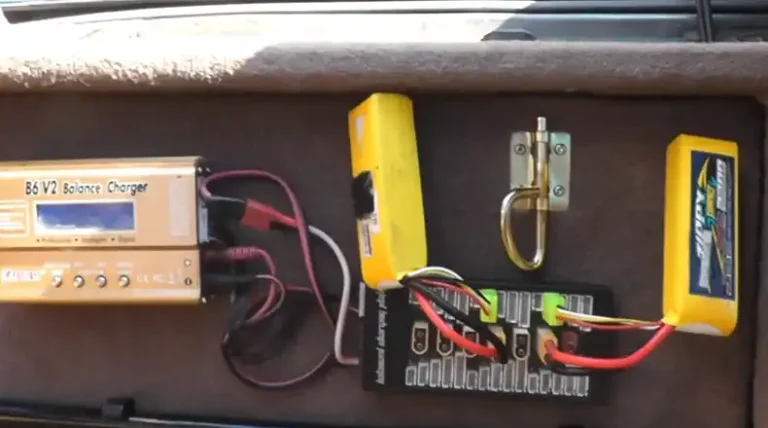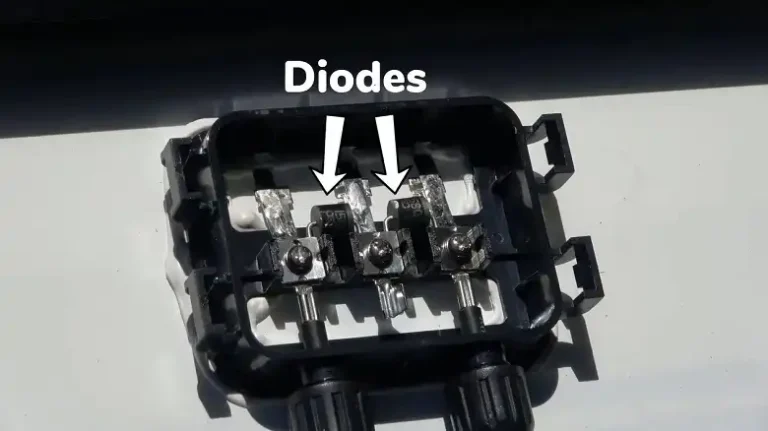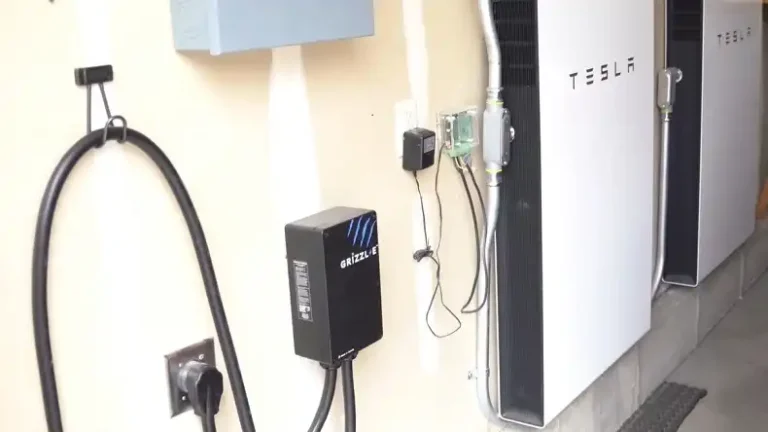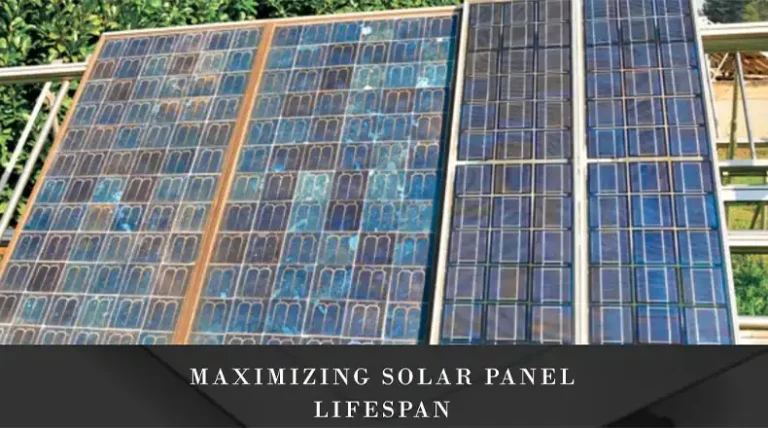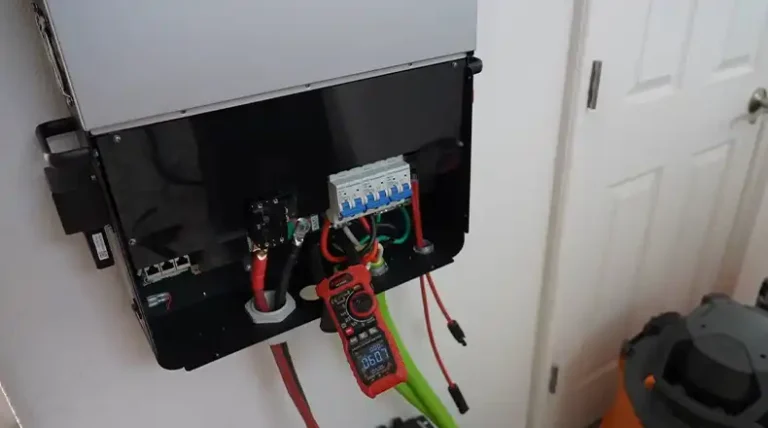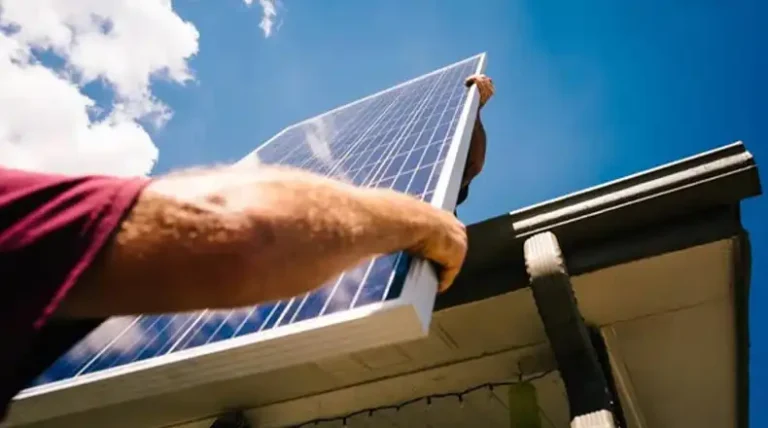How to Connect Solar Panel to Inverter without Battery? [Answered]
Solar energy is becoming increasingly popular as a clean and renewable power source. While most solar setups include batteries for energy storage, it’s possible to connect solar panels directly to an inverter without a battery. This approach has its pros and cons, and it’s important to understand the implications before deciding if it’s right for you.
In this article, we’ll explore how to connect a solar panel to an inverter without a battery, the considerations you need to keep in mind, and the steps to set up such a system. Whether you’re looking to simplify your solar setup or just curious about alternative configurations, you’ll find valuable insights here.
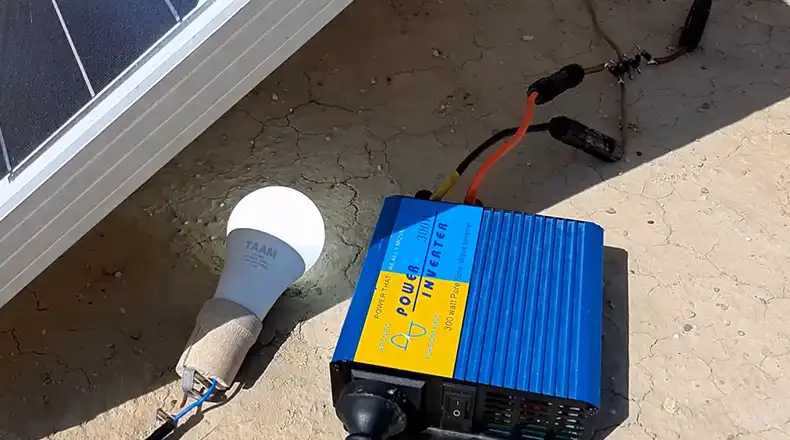
Is It Good to Use Solar Panel and Inverter without Battery?
Absolutely! There are situations where a battery-less solar setup might be the perfect fit. Here’s a quick breakdown of the pros and cons:
Pros:
- Cost-effective: Eliminating batteries significantly reduces the initial investment cost of your solar system. Batteries can be expensive, so skipping them can be a budget-friendly option, especially for smaller setups.
- Simpler installation: No batteries mean a less complex system. Installation becomes quicker and easier, ideal for DIY enthusiasts or those seeking a straightforward solar solution.
- Low maintenance: Without batteries, there’s one less component to worry about maintaining. This can save you time and money on potential servicing needs.
Cons:
- Limited power availability: The biggest drawback is the lack of power storage. Without a battery, you won’t have electricity when the sun isn’t shining. This means no solar power at night or during cloudy days.
- Unstable power output: Solar panel output fluctuates with the intensity of sunlight. This can lead to variations in available power, potentially causing issues with appliances that require consistent voltage.
In a nutshell, a battery-less solar setup is a great option for powering basic appliances during daylight hours, especially in areas with consistent sunshine. However, if you need reliable power around the clock or during unpredictable weather conditions, a battery-based system is a better choice.
What System Should be Followed for Using Solar Panel with Inverter without a Battery?
Many off-grid solar inverters come with a hidden gem called “grid-tie functionality.” This nifty feature allows you to seamlessly switch between solar power generated by your panels and power drawn from the grid. Here’s how it works:
- During the day, your solar panels generate electricity.
- You utilize this solar power directly to run your appliances.
- If your panels produce excess energy (more than you’re consuming), it gets fed back into the grid system. This can potentially earn you credits from your utility company depending on their net metering policies.
- In the evenings or on cloudy days when your panels aren’t producing enough power, the system automatically switches to drawing electricity from the grid, ensuring uninterrupted power supply.
Think of it as having a backup plan for your solar setup. Grid-tie functionality provides a continuous power supply and allows you to take advantage of any excess energy your panels generate.
Steps for Connecting Solar Panel to Inverter without Battery
Setting up a solar panel system without batteries requires careful planning and execution. Here’s a step-by-step guide to help you through the process:
1. Assess Your Energy Needs
Before you start, it’s crucial to understand your energy requirements. This will help you determine the size of the solar system you need.
- Check the power ratings of the devices you want to run on solar power.
- Note down the voltage and current requirements of these devices.
- Calculate your total daily energy consumption in watt-hours.
Remember, without batteries, you’ll only be able to use solar power during daylight hours, so focus on your daytime energy needs.
2. Choose the Right Solar Panels
Now that you know your energy needs, it’s time to select appropriate solar panels. Here’s what to consider:
- For DC devices, ensure the solar panel’s voltage aligns with your device’s voltage.
- For AC devices that need an inverter, focus on matching the panel’s wattage to your needs.
- Choose panels that meet or exceed your calculated energy requirements.
- Consider factors like efficiency, durability, and warranty when selecting panels.
Remember, it’s often better to slightly oversize your solar array to account for factors like cloudy days or panel degradation over time.
3. Select a Suitable Inverter
The inverter is a crucial component in your solar system. Here’s how to choose the right one:
- Ensure the inverter is designed to work without a battery backup.
- Choose an inverter with a power rating that matches or slightly exceeds your solar panel array’s output.
- Look for inverters with built-in safety features like automatic shut-off in case of grid failure.
- Consider a grid-tie inverter with net metering capabilities if you plan to connect to the grid.
4. Install the Solar Panels
Proper installation of your solar panels is crucial for optimal performance:
- Choose a location with maximum sun exposure, typically facing south in the northern hemisphere or north in the southern hemisphere.
- Angle the panels to capture sunlight best. The optimal angle often matches your latitude.
- Secure the panels firmly using appropriate brackets or stands.
- Ensure the installation location can support the weight of the panels.
- If installing on a roof, make sure your roof is in good condition and can handle the additional load.
5. Connect the Solar Panel to the Inverter
Now it’s time to connect your solar panels to the inverter:
- Connect the solar panel’s positive (+) terminal to the inverter’s positive input.
- Connect the negative (-) terminals together.
- Ensure all connections are secure and properly insulated.
- If you have multiple panels, you may need to connect them in series or parallel depending on your inverter’s specifications.
Always follow the manufacturer’s instructions and local electrical codes when making these connections.
6. Connect the Inverter to Your Electrical System
If you’re setting up a grid-tied system:
- Have a licensed electrician connect the inverter to your home’s main electrical panel.
- Install a bi-directional meter if you plan to participate in net metering.
- Ensure all necessary safety disconnects are in place.
Remember, connecting to the grid usually requires permits and inspections, so check local regulations.
7. Implement Load Management Strategies
Efficient load management is key to maximizing the utility of a battery-free solar setup:
- Identify your essential loads and prioritize them.
- Use timers or smart plugs to run high-consumption appliances during peak sunlight hours.
- Consider energy-efficient appliances to reduce your overall consumption.
- Be prepared to adjust your energy usage habits to align with solar production.
8. Monitor and Maintain Your System
Regular monitoring and maintenance will help ensure your system operates efficiently:
- Check your inverter’s display regularly to monitor energy production.
- Keep your solar panels clean and free from shade or debris.
- Periodically inspect all connections and wiring for signs of wear or damage.
- Consider a professional inspection annually to catch any potential issues early.
By following these steps, you can set up a functional solar panel system connected directly to an inverter without a battery. Remember, while this setup can work well in certain situations, it does have limitations. Always consider your specific energy needs and local conditions when deciding if this is the right solution for you.
Conclusion
Connecting a solar panel to an inverter without a battery can be a smart choice for those seeking a simpler, more affordable solar setup. While it has its limitations, especially when it comes to energy storage and nighttime use, it’s a great option for daytime power needs or as part of a grid-tied system.
The key to making this setup work is good planning, proper system sizing, and smart energy use. By matching your energy consumption with your solar production, you can get the most out of this battery-free setup.

